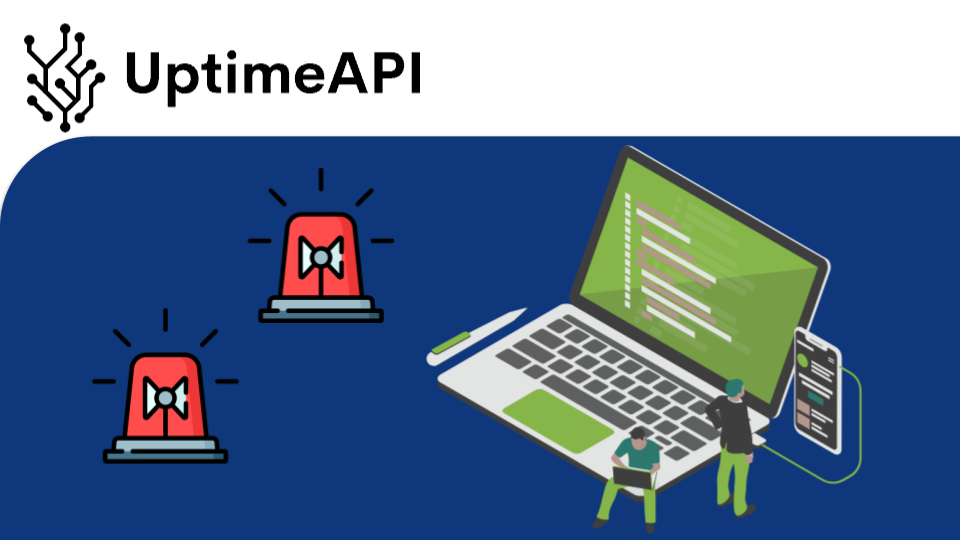Real Time API Monitoring: Keep Your APIs Running Smoothly

In today’s fast-paced digital landscape, ensuring that your applications and APIs run smoothly is crucial. For developers, maintaining real-time visibility into API performance is essential for preventing downtime and optimizing user experience. This is where Uptime API shines. Designed specifically for developers, Uptime API provides robust Real-Time API Monitoring, enabling instant insights into your API’s health and performance. This comprehensive tool is not just about keeping your APIs operational; it's about maintaining their peak efficiency and reliability.
Understanding Uptime API
Uptime API is a powerful solution for Real Time API Monitoring, offering a range of features designed to enhance your ability to track and manage your APIs effectively. The tool continuously checks the status of your APIs, providing instant updates on their performance. Whether it's response times, uptime, or error rates, you get real-time data that helps you quickly identify and address issues before they affect your users.
One of the standout features of Uptime API is its customizable alert system. You can set thresholds for various performance metrics, and the system will notify you immediately if any metrics fall below your defined standards. This proactive approach ensures that you are always aware of potential problems before they escalate.
Uptime API generates comprehensive reports that offer deep insights into your API’s performance over time. These reports include historical data, trends, and detailed analysis, helping you understand patterns and make informed decisions about optimizations and improvements. The dashboard provided by Uptime API is designed with developers in mind. It’s intuitive and easy to navigate, allowing you to view and analyze data quickly.
Step-by-Step Guide to Using Uptime API
- Sign Up and Integration: Start by signing up for an account on the Uptime API website. Once registered, integrate Uptime API with your existing API infrastructure. This typically involves adding a few lines of code to your application to enable monitoring.
- Configure Monitoring: Set up the parameters for what you want to monitor. You can define specific endpoints, performance metrics, and set up custom alert thresholds. This customization ensures that you’re tracking the most relevant aspects of your API’s performance.
- Set Alerts: Configure the alert system according to your needs. Choose how you want to receive notifications—via email, SMS, or through an integrated messaging platform. Setting up alerts ensures that you are immediately informed of any issues that arise.
- Analyze Data: Use the dashboard to review real-time data and historical reports. Analyze performance trends and identify any recurring issues or areas for improvement. This analysis is crucial for ongoing optimization and maintaining high standards of API performance.
- Take Action: Based on the insights gathered, take necessary actions to address any issues. Whether it’s optimizing code, adjusting server configurations, or scaling resources, Uptime API provides the data you need to make informed decisions.
Watch this video!
Conclusion
Uptime API is an indispensable tool for developers seeking reliable real-time API Monitoring. By offering instant insights into your API’s performance, customizable alerts, and detailed reporting, it ensures that you can keep your APIs running smoothly and efficiently. With Uptime API, you gain the visibility and control needed to maintain high-performance standards and deliver a seamless user experience.
